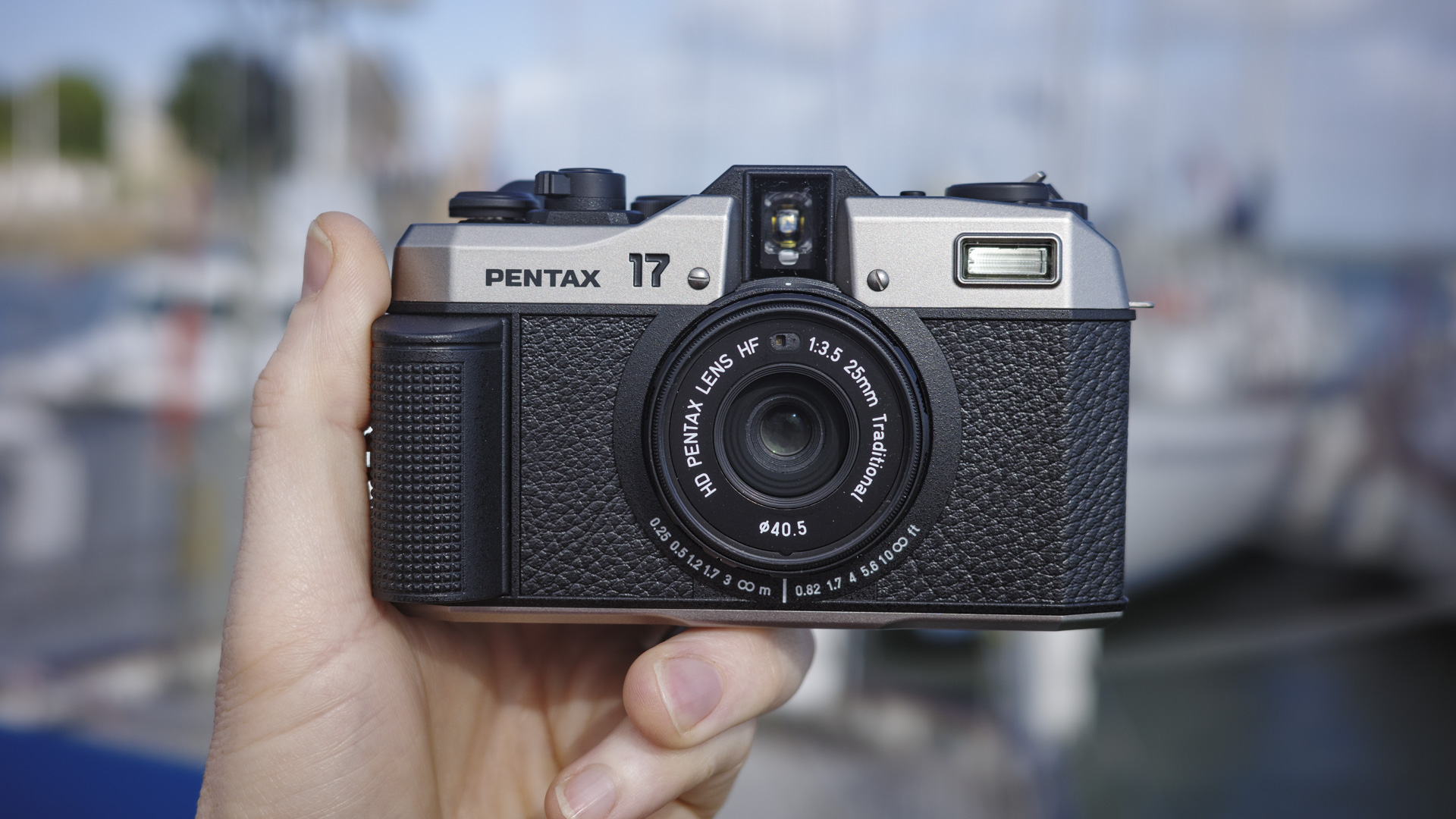Rumors that Fujifilm is making an all-new camera with a new kind of sensor, tipped for 2025, have plenty of fans excited. Details are thin, to say the least, and initial speculation has been based on what makes most sense according to Fujifilm’s current camera lineup, most plausibly landing on a digital compact with a 1-inch sensor.
That logic would pit the would-be Fujifilm camera against the likes of the Sony RX100 VII, which is one of our favorite premium compact cameras. However, there has recently been a surprising development that suggests this new sensor could, in fact, be a unique vertical one rather than being horizontally positioned like in pretty much every digital camera.
So, you would hold this camera horizontally – which is the easiest way to hold a camera – yet make vertical format pictures and videos, like the natural way on your phone. In analog terms, it’s the approach of half-frame, which is the format of the recent Pentax 17: it uses 35mm film but takes two half-sized vertical pictures in the space of every single frame on the film roll.
The difference here is that Fujifilm’s rumored camera isn’t analog but supposedly digital. So, is a digital half-frame camera a smart idea or a gimmick?

Is a digital ‘half-frame’ compact camera a gimmick?
If anyone can make a digital compact with vertical sensor work, presumably being aimed at content creators, it’s Fujifilm. Fujifilm is a trending camera brand – its X100VI is one of the most popular and sought-after cameras in recent memory. Analog photography is also trending, with the half-frame Pentax 17 proving to be one of the hits this year. So bringing the two design concepts together into one: a retro digital compact with social-friendly vertical photos and videos – it should make sense.
Am I convinced? Yes and no. Let’s say the rumor is true. On the one hand I think a ‘half-frame’ digital compact is an easy sell in 2024, especially with Fujifilm’s retro looks. But what would it be like to actually take pictures and videos with said camera?
Let’s be clear: You can simply rotate a regular digital camera 90 degrees to shoot in vertical format and rotate those video clips using a video editor. Or you can sacrifice video resolution by cropping into your horizontal videos to make a vertical one. However, these steps are awkward, and a camera that’s optimized for shooting vertically makes a lot of sense in 2024 and beyond.
Most people view short-form video content and photos on their phones vertically, so why not just make capturing in that format as easy as possible? Sure, shooting half-frame is counter intuitive at first. However, you’d get the full-resolution of the sensor for vertical video rather than having to crop down to a lower resolution, and avoid unnecessary time editing. Being a dedicated camera, you would also get a superior user experience over using your phone instead.
Half-frame makes even more sense for analog photography, where your photos are permanently exposed onto a film roll. For instance, I love creatively thinking in pairs, which is another layer of image curation, plus you double the number of your shots on a film roll. In a way you don’t get the same practical benefits with digital and a memory card that can hold thousands of photos. As an aside, I wouldn’t be the only one hoping that Fujifilm follows in Pentax’s footsteps and develops an analog camera, especially as it’s one of the leading producers of photographic film.
I can see a digital half-frame compact resonating with many people, and being ridiculed by others. Personally, I’m all for brands trying new things and I hope this rumor turns out to be true. If the camera materializes, it’ll certainly spark debate and offer creators a unique shooting experience to wrap their heads around.




















+ There are no comments
Add yours